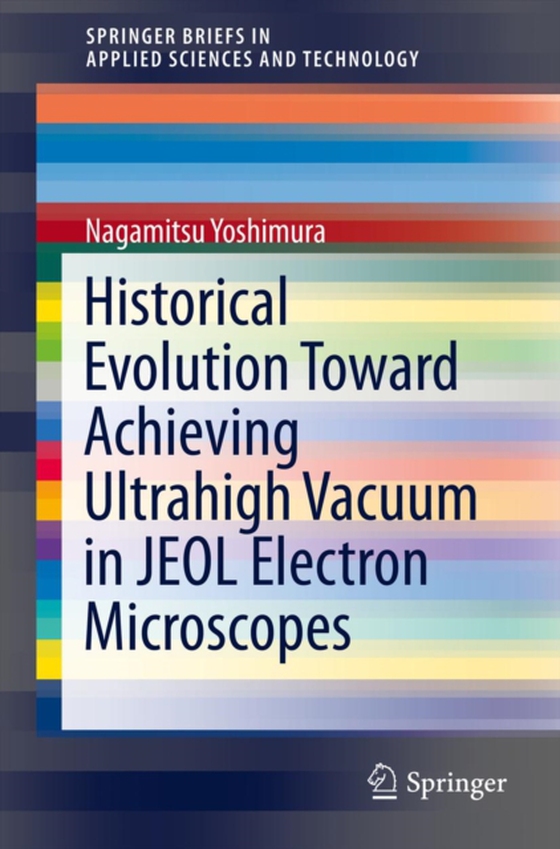
Historical Evolution Toward Achieving Ultrahigh Vacuum in JEOL Electron Microscopes e-bog
436,85 DKK
(inkl. moms 546,06 DKK)
This book describes the developmental history of the vacuum system of the transmission electron microscope (TEM) at the Japan Electron Optics Laboratory (JEOL) from its inception to its use in today's high-technology microscopes. The author and his colleagues were engaged in developing vacuum technology for electron microscopes (JEM series) at JEOL for many years. This volume presents a summary...
E-bog
436,85 DKK
Forlag
Springer
Udgivet
12 september 2013
Genrer
PDD
Sprog
English
Format
pdf
Beskyttelse
LCP
ISBN
9784431544487
This book describes the developmental history of the vacuum system of the transmission electron microscope (TEM) at the Japan Electron Optics Laboratory (JEOL) from its inception to its use in today's high-technology microscopes. The author and his colleagues were engaged in developing vacuum technology for electron microscopes (JEM series) at JEOL for many years. This volume presents a summary and explanation of their work and the technology that makes possible a clean ultrahigh vacuum. The typical users of the TEM are top-level researchers working at the frontiers of new materials or with new biological specimens. They often use the TEM under extremely severe conditions, with problems sometimes occurring in the vacuum system of the microscopes. JEOL engineers then must work as quickly as possible to improve the vacuum evacuation system so as to prevent the recurrence of such problems. Among the wealth of explanatory material in this book are examples of users' reports of problems in the vacuum system of the JEM, such as the occurrence of a micro-discharge and the back-streaming of the diffusion pump (DP) oil vapor. This work is a valuable resource for researchers who use the transmission electron microscope and for engineers and scientists interested in its technology.
 Dansk
Dansk

